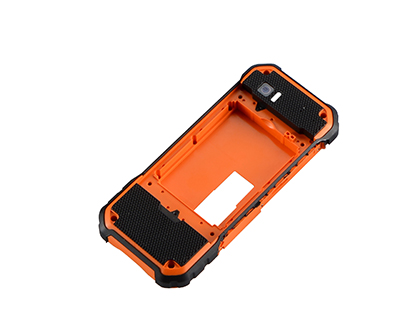
Liquid silica gel manufacturers tell you that the method is to prevent the leakage of the shaft speed and temperature of the shaft under extreme pressure conditions. It can be single or double acting. A single (agent) piece has a seal clearance. The lubrication film required by the sliding surface is provided by the medium and is sealed. The double seal required for the lubrication film surface (performance) of the seal is made up of a higher pressure buffer medium (gel), which is provided compatible with the pump product.
Design selection of mechanical seals
Seal design options include push rods, metal bellows, bellows, and elasticity.
A push-rod seal uses a dynamic auxiliary seal or O-ring to seal the fluid path between the pump shaft and the inner diameter of the rotary sealing face. The secondary seal moves axially along an axis or bushing to remain in contact with the sealing face, compensating for sealing face wear and any sealing swing due to misalignment.

The metal bellows design is a non-sealed design. The secondary seal in a non-push design does not maintain contact with the sealing face along the shaft or bushing. The bellows themselves provide the necessary elastic sealing surface contact load. Metal bellows provide an effective elastomer seal over a wide temperature range.
-- The rubber bellows seal is a non-sealed design in a single spring mounted on the shaft and bellows.
Mechanical seal specification
Configuration can be single or multiple. A single spring is sometimes referred to as a "single wire" or "single coil design. This type of seal uses a large spring section to resist corrosion. Liquid silicone products manufacturers tell you that its main limitations are the tendency to twist at high surface speeds, the large axial and radial space required and the need for springs of different sizes for each seal size. Multiple small springs are not easily distorted at high speeds by single coil springs and they thus distort the sealing ring even at closing pressure moments.